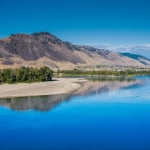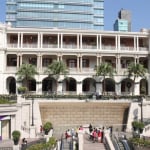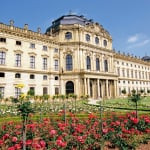Name: Osamu Dazai Memorial Hall “Shayokan”
Address: 412-1 Asahiyama, Kanagi-machi, Goshogawara-shi, Aomori
Official/Related Website: https://dazai.or.jp/modules/contents/index.php?content_id=15
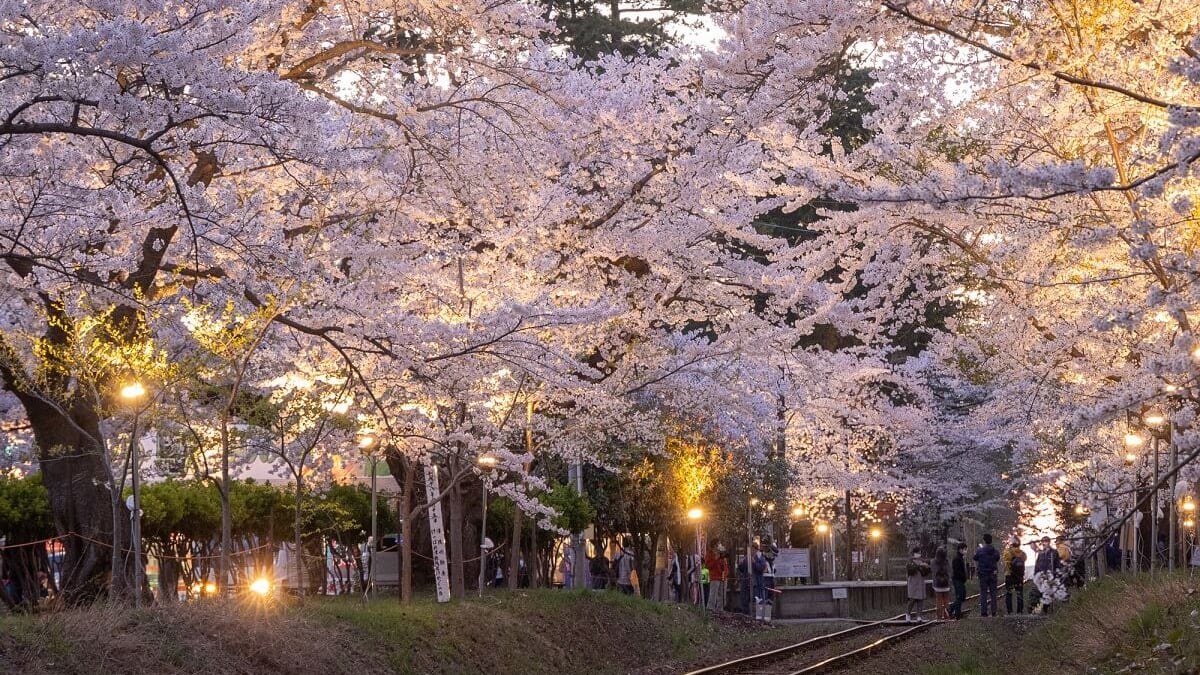
7 Recommended Tourist Spots in Goshogawara! Stroll Through the Town Where Osamu Dazai Grew Up!
Goshogawara City is a place where many fans of Osamu Dazai gather, as it is the land where he was born and raised. From Goshogawara, you can also see Mt. Iwaki, the highest peak in Aomori Prefecture.
Located in the heart of the Tsugaru Plain, Goshogawara City is renowned as one of Aomori’s top rice-producing areas. Traditional processed goods like "hoshi-mochi" made from glutinous rice grown in Goshogawara, as well as traditional crafts such as "Kanayama-yaki" pottery and "Tsugaru kites," are popular souvenirs for tourists.
Here, we’ll guide you through the sightseeing highlights of Goshogawara. Let’s explore the traces of Dazai that still linger and visit the historically rich sites of the city.
table of contents
[x] close
7 Recommended Tourist Spots in Goshogawara! Stroll Through the Town Where Osamu Dazai Grew Up!
1. Osamu Dazai Memorial Hall “Shayokan”
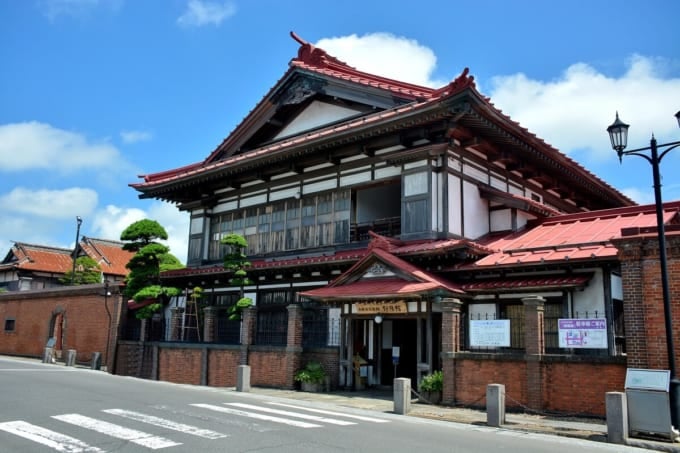
Osamu Dazai was born in the former Kanagi Village, now Goshogawara. “Shayokan” is Dazai’s birthplace, built in June 1907 by his wealthy father. The residence is a luxurious mansion that makes extensive use of Aomori’s specialty cypress wood (hiba). It’s a must-see spot for any fan of Dazai.
Now operated as a municipal memorial museum, the interior combines Japanese and Western styles and retains the charm of the time. Early manuscripts, photographs, and items used by Dazai are on display. You can tour the 63-tatami mat grand hall and rooms once divided by social class, imagining Dazai’s childhood as you explore.
On the way to Shayokan, the “Dazai Memory Square” is also a must-visit. It features a rest space with plaques embedded in the walls bearing the titles of Dazai’s works. This area was part of Dazai’s school commute route. Whether you take a photo with your favorite work or simply take a break, it’s a charming sightseeing stop.
2. Ashino Park
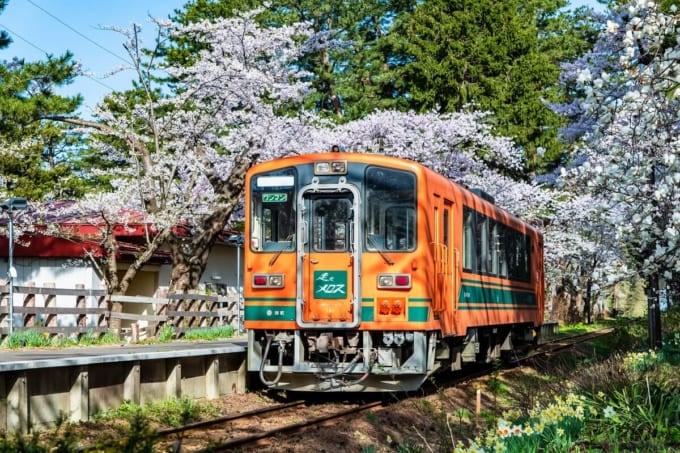
Ashino Park is one of Aomori’s top cherry blossom viewing spots, with 2,000 cherry trees blooming in spring. It’s also where Osamu Dazai often played as a child. The park houses the Tsugaru Railway “Ashino Park Station,” and the “Hashire Melos-go” train runs through a cherry blossom tunnel in spring—truly romantic! Loved by locals, it’s a top tourist attraction in Goshogawara.
A literary monument to Dazai is in the park, and every year on his birthday, June 19, a celebration (formerly “Otokojuku”) is held in front of it. The “Origin of Tsugaru Shamisen” monument is also here, showcasing the region’s rich tradition.
Perfect for a stroll, the park also includes a children’s zoo and auto camping site. It’s a must-visit if you’re sightseeing in Goshogawara.
Name: Ashino Park
Address: Ashino, Kanagi-machi, Goshogawara-shi, Aomori
Official/Related Website: http://www.go-kankou.jp/category/%E8%8A%A6%E9%87%8E%E5%85%AC%E5%9C%92/
3. Lake Jusan
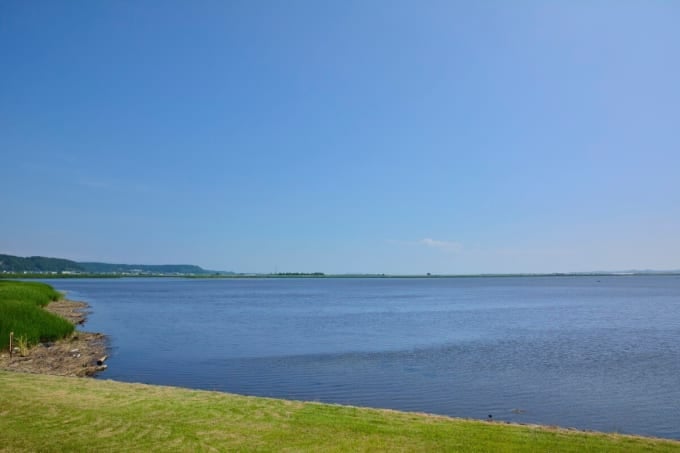
Lake Jusan is the third-largest lake in Aomori Prefecture. Named “Jusan” because thirteen rivers flow into it, the lake is a source of Goshogawara’s specialty Yamato shijimi clams. It’s also a birdwatching paradise, home to rare birds such as the elusive Japanese Marsh Warbler (Oosekka).
An island on the lake is home to “Nakanoshima Bridge Park,” connected by a 250-meter bridge. The park includes campsites, a planetarium, and athletic equipment, and visitors can even try clam harvesting.
To the west of the lake lies the “Tosaminato Ruins.” In the past, the area was a flourishing trading hub rivaling Hakata and Sakai. The thought of international exchanges once occurring here adds to the area’s romantic charm. For more, visit the “Shiura History and Folklore Museum.”
On a hill overlooking Lake Jusan is the “Jusanko Kogen Tosam Green Park” roadside station, featuring a 50-tatami mat Japanese-style rest area and a shop selling local products. The Lake View Terrace offers a perfect lunch spot with a pleasant breeze. Enjoy a stroll through the forest trail and Moulin Park. And when you need a break, try the “Shijimi Ramen” made with local clams at the restaurant “Warabi.”
Name: Lake Jusan
Address: 1-298 Tosaminato, Jusan, Goshogawara-shi, Aomori
Official/Related Website: https://www.city.goshogawara.lg.jp/tourism/view/juusanko.html
4. Tsugaru Shamisen Hall
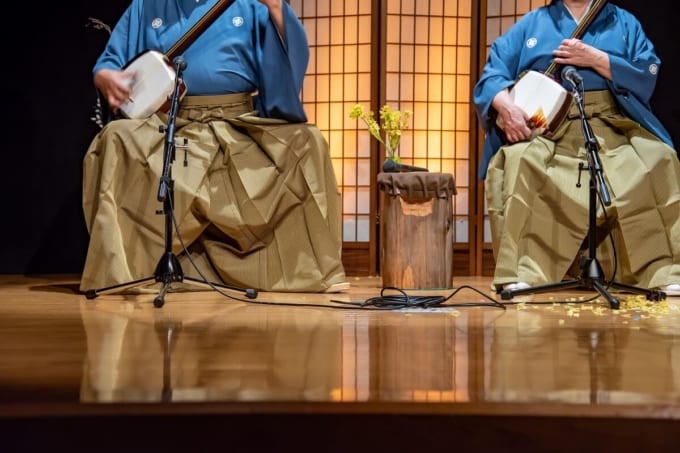
Goshogawara is the birthplace of Tsugaru Shamisen. Opened in 2000, this hall honors figures like Nitabo, said to be the founder, and his brilliant last disciple Gunpachiro Shirakawa.
The “Tsugaru Shamisen Hall” houses various string instruments, including the Tsugaru Shamisen. Visitors can compare their unique sounds. Exhibits cover the history of Tsugaru Shamisen, folk songs, and regional performing arts—an essential stop for tourists in Goshogawara.
Live shamisen performances are held daily in the multipurpose hall. The powerful sound of the small instrument is incredibly moving. You can also try playing Tsugaru Shamisen with advance reservations. Professional performers provide guided lessons. Experience Tsugaru culture with all your senses in this immersive facility.
Name: Tsugaru Shamisen Hall
Address: 189-3 Asahiyama, Kanagi-machi, Goshogawara-shi, Aomori
Official/Related Website: http://www.kanagi-gc.net/syami/
5. Goshogawara Tachineputa Festival
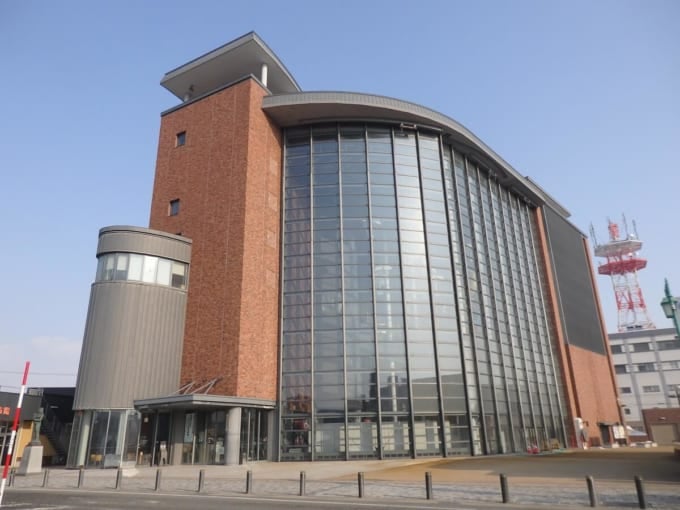
When thinking of Aomori tourism, the famous Nebuta Festival often comes to mind. In Goshogawara, the “Goshogawara Tachineputa” is held. Though less well-known, it’s one of the “Three Great Nebuta” festivals of Aomori, alongside Aomori and Hirosaki.
Tachineputa is a traditional folk event that dates from the Meiji to Taisho periods and was revived in 1998. Towering floats over 20 meters high parade through the city—a breathtaking sight that captivates all who witness it. The festival is held annually from August 4 to 8, drawing large crowds.
At the “Tachineputa Museum,” you can watch the float-making process. Seeing the parts come together is thrilling. There’s also a hands-on area where you can try papering a real festival float—available without advance booking and free of charge. Be sure to stop by during your festival visit.
Name: Goshogawara Tachineputa
Address: Omachi, Goshogawara-shi, Aomori
Official/Related Website: http://www.tachineputa.jp
6. Snow Country Ground Blizzard Experience
If you’re visiting in winter, why not try a unique cold-region experience? Join a walking tour in full snow gear through the snowy landscape. You’ll be guided through a white world, braving snowdrifts whipped by strong winds.
The meeting point is Kanagi Station in Goshogawara. Once you put on “monpe” (work pants), “kanjiki” (snowshoes), and a shawl called “kakumaki,” you’re ready to go. The dreamlike scenery of the snowy field is enchanting. Whether you're unfamiliar with snow, traveling with friends, or coming from abroad, this 1.5-hour tour is a great way to bond and immerse yourself in snow country life.
On days without blizzards, you can enjoy snow play on the plain. The Snow Country Ground Blizzard Experience is a rare and fun winter adventure that can only be enjoyed in Goshogawara.
Name: Snow Country Ground Blizzard Experience
Address: Kanagi-machi, Goshogawara-shi, Aomori
Official/Related Website: https://aomori-tourism.com/spot/detail_4065.html
7. Kanagi Genkimura “Kadarube”
“Kadarube” is a tourist facility renovated from the former Sobajima residence, which has ties to the Tsushima family, Dazai’s lineage. This 140-year-old building offers various experiences. The name “Kadarube” means “Let’s talk together” in Tsugaru dialect. It’s loved by both tourists and locals as a place to enjoy and preserve culture.
There are many experience programs: “Hiba wreath-making” using Aomori’s special cypress, making the local sweet “Unpei,” and agricultural experiences in the village’s backyard fields. The village café “Hinaya” offers not just a standard menu, but options for group meals and gatherings like girls’ parties. With a reservation, you can also get a homemade boxed meal featuring regional cuisine—perfect for your sightseeing outing.
Name: Kanagi Genkimura “Kadarube”
Address: 189-3 Asahiyama, Kanagi-machi, Goshogawara-shi, Aomori
Official/Related Website: http://www.kanagi-gc.net/village/
◎ Summary
Goshogawara City has cultivated a rich blend of literature, music, trade, festivals, and other cultural arts. A single visit won’t be enough to take in its historical charm and delicious food—you’ll find yourself wanting to learn more and more.
In addition to the places introduced here, Goshogawara has many other tourist attractions. While the standard spots are great, why not enjoy a unique journey by tracing the footsteps of Osamu Dazai through the town he once saw? New encounters await you in Goshogawara.
RELATED ARTICLES
REGIONS
CATEGORIES
FEATURED ON Aomori
-
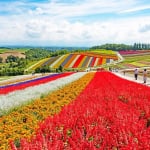
Where will you go for the summer vacation? Introducing recommended spots for domestic travel
-

A little different!? 3 Recommended Souvenirs from Ōwani Town, Aomori Prefecture Featuring Addictive Bean Sprouts!
-
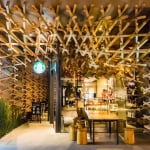
Top 10 Stylish Starbucks Stores in Japan – Scenic Views & Beautiful Designs!
-
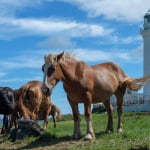
A Journey Through Honshū’s Northernmost Land: 7 Recommended Tourist Spots in the Shimokita Peninsula
-
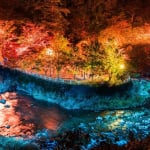
11 Must-See Tourist Spots in Kuroishi City, Aomori – Experience Rich Historical Traditions
MOST POPULAR ON Aomori
-
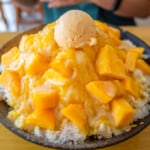 1
1The Top 5 Places to Eat Mango Shaved Ice in Taipei
-
 2
2The Top 5 Molecular Gastronomy Restaurants You Need to Visit Around the World
-
 3
3The Top 10 All-American Food Souvenirs to Buy in the USA
-
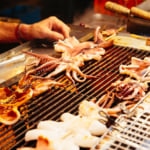 4
4A Guide to Taiwan’s Night Markets: Taiwanese Street Food to Eat and Best Markets to Visit
-
 5
57 Foods and Snacks You Should Try When Visiting Fukuoka

